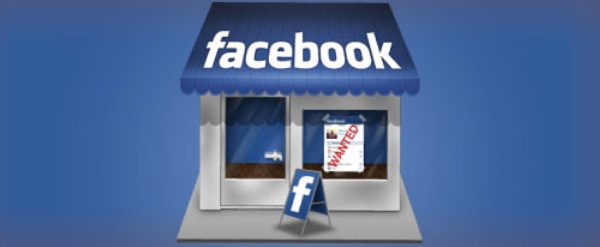Google Wants To Own Enterprise, But It’ll Do It Google Style – Livefyre Comment On PandoDaily
@fnelson - Google market is currently limited to SMBs. Very few enterprises have risk-appetite to even try a consumer vendor. – JASMEET SAWHNEY
For Google the outlook is bright: It will succeed in enterprise, just not quite yet. Despite numerous customer wins and a surge of momentum in cloud-based productivity apps, the company, for now, is far from emerging victorious, partly because of its methodical approach to the enterprise, and partly because of enterprises’ cautious approach to Google — two awkward dance partners, eyeing each other from across the room.
Google is competing for enterprise relevance in several key categories: Office productivity applications, including e-mail, personal cloud, corporate back-end cloud services, and social. Google is just starting out with Google Compute Engine, its cloud infrastructure service. Google Drive, the company’s personal cloud offering, and Google Plus, its social media product, are both still pining for consumer attention, much less enterprise relevance. But even here, there’s promise; more on these in a future post.
via Google wants to own enterprise, but it’ll do it Google style | PandoDaily.
E-Commerce Videos: Benefits And Optimization Best Practices – Retail Spokes Blog
For a long time, retailers held back from adding video content on their eCommerce sites. This delay was due to high production and hosting costs, inept distribution and marketing channels, and few optimization opportunities. All in all, there was no clear ROI for the investment. Today, technology advancement has cleared most of these roadblocks. About 68% of top 50 US online retailers offered some kind of video content on their site in 2009 (eMarketer). This number is growing rapidly as adding video content has now become the second-highest priority of multichannel retailers. According to a recent Forrester Research study, videos are 53 times more likely to generate a first-page ranking than traditional SEO techniques.
Turbans Unwrapped Published on YesPunjab
Sikh turban is an article of faith that has been made mandatory by the founders of Sikhism. It is not merely cultural paraphernalia. The symbolisms of wearing a turban are many from it being regarded as a symbol of sovereignty, dedication, self-respect, courage, devotion, and style, but, the foremost reason all practicing Sikhs wear a turban is just one – out of love, obedience and commitment to the wishes of the founders of their faith. The turban is deeply intertwined with the Sikh identity and is a manifestation of the mission given to all Sikhs – to fearlessly stand against tyranny and protect the downtrodden. Wearing a turban ensures that no Sikh can hide in the crowd and escape this responsibility. Turban was included in the Sikh dress code contrary to the prevailing diktat that only the superior class could wear a turban. The Sikh prophets sought to uplift the subjugated and make them the equals of the highest of the high. They diligently worked to create an egalitarian society dedicated to justice and equality.
Turbans Unwrapped Published on CNN
The turban being part of Sikhism has given me much inner strength, courage, wisdom, clear conscience, and the ability to stand up to my actions. I have enjoyed every moment of it and threatening episodes have only made me a stronger and better human being. Every time excited children gaze at me from the back seat windows of their car, I am reaffirmed of the legacy and the virtues of the Sikh identity.








Ask The Headhunter: Is LinkedIn Cheating Employers and Job Seekers Alike? – Disqus Comment On PBS NewsHour
You’re an employer and you’re hiring. You pay LinkedIn $3,950 for 10 job postings to help you find the best, most qualified hires. When LinkedIn delivers job applicants, do you care that those at the very top of the list paid LinkedIn for their positioning — while possibly better, more qualified candidates who didn’t pay are pushed to the bottom? Do you care that you can’t even turn this “feature” off?
Double-Dipping
Whether you’re the job applicant or the employer, you’d probably feel cheated. Imagine LinkedIn was a headhunter who charged the employer to fill a job, but also took money from an applicant to submit her resume first. That’s called double-dipping.
Welcome to the “job board” model for recruitment advertising, where the middle man charges everyone and manipulates the database, and where matching qualifications to job requirements is way down on the list of concerns, right beside those poor “basic users” who didn’t pay to play.
via Ask The Headhunter: Is LinkedIn Cheating Employers and Job Seekers Alike? | Making Sen$e | PBS NewsHour.